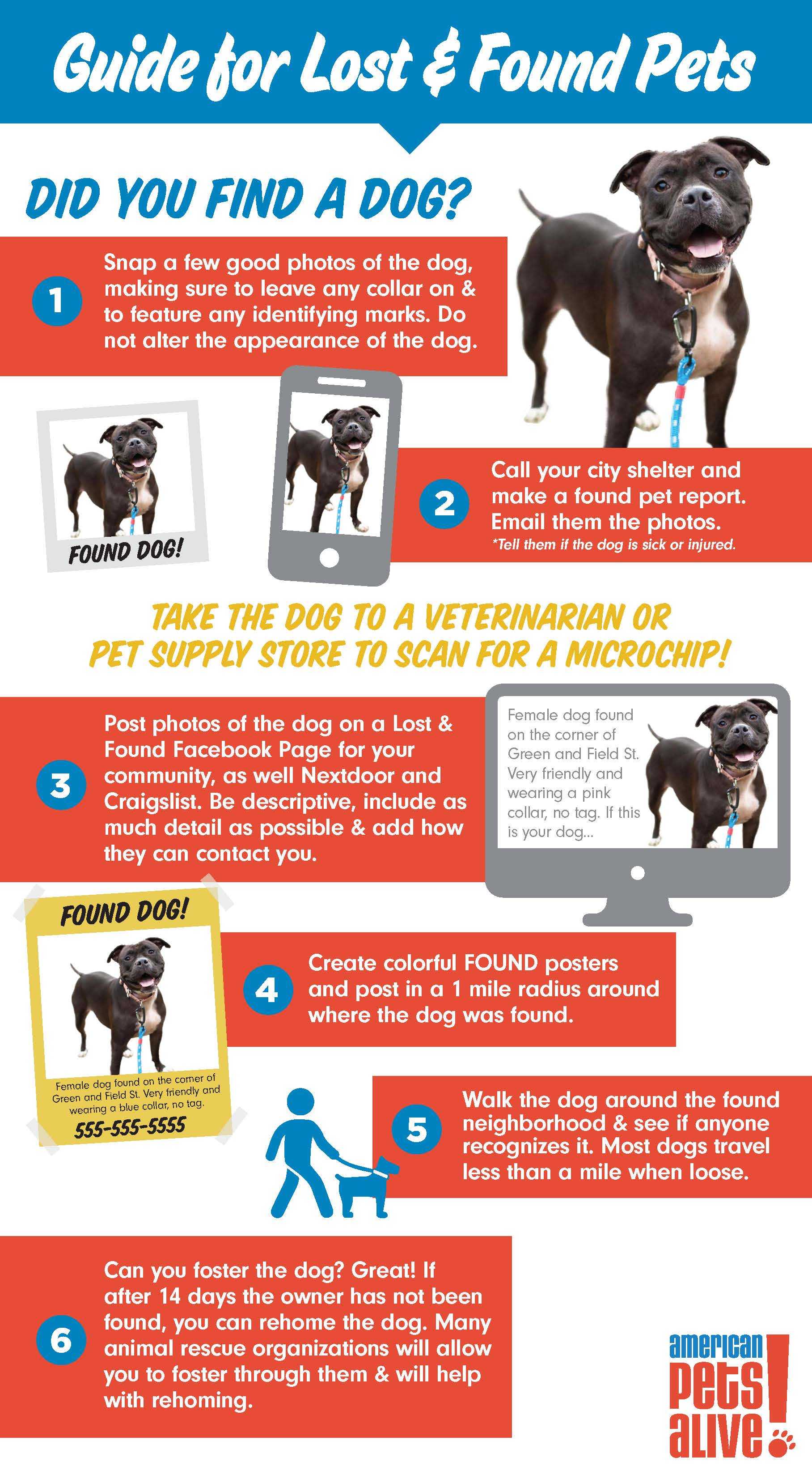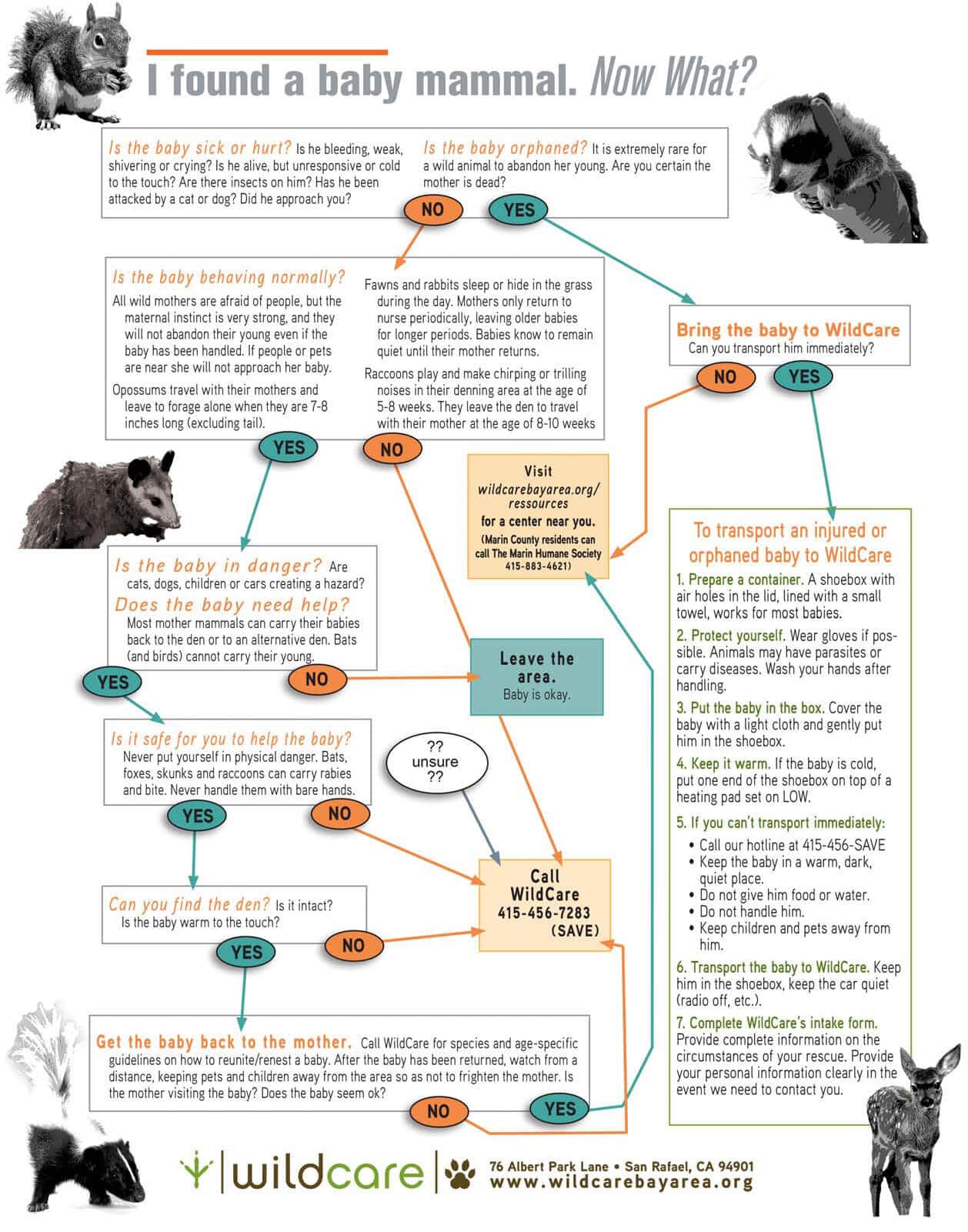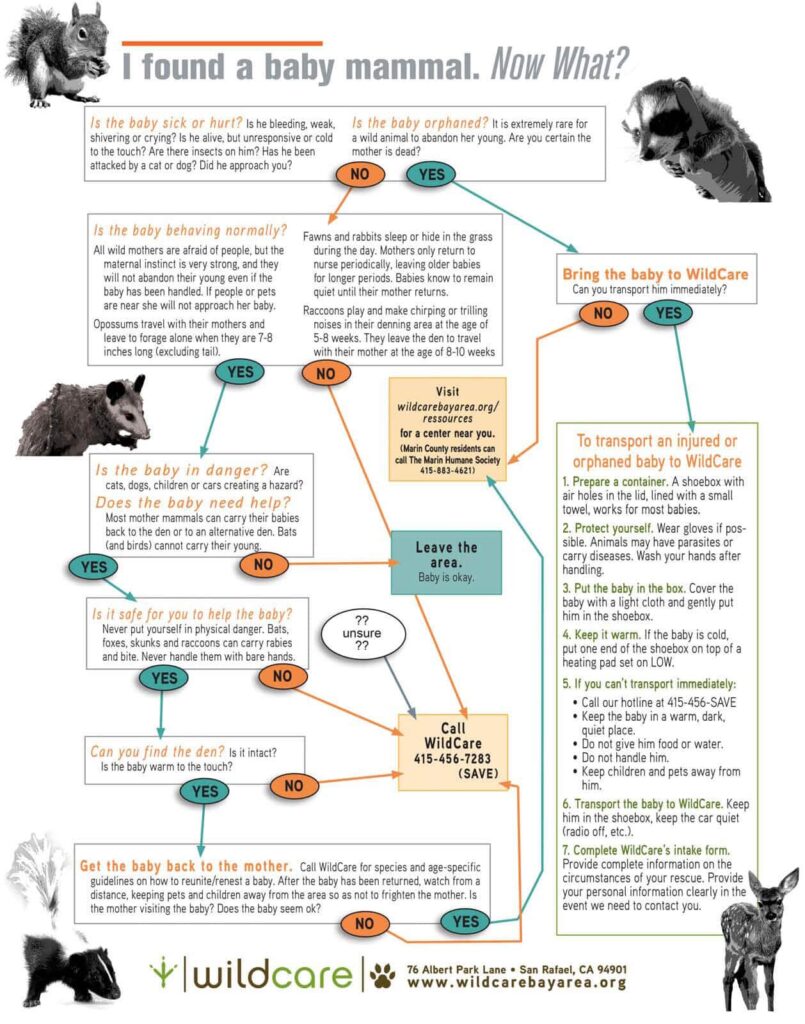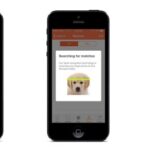What to Do If You Found an Abandoned Animal
Finding an abandoned animal can be both a heartbreaking and challenging experience. Acting thoughtfully and responsibly is crucial to ensuring the animal’s safety and maximizing its chances of being reunited with its owner. This guide walks you through what to do if you find an abandoned animal, from initial steps to filing a found pet report.
1. Assessing the Situation
Approach with Caution
Before taking action, observe the animal’s behavior to ensure your safety and theirs. Some animals may be frightened or aggressive.
- Keep a Safe Distance: Avoid sudden movements and approach slowly.
- Use a Calm Tone: Speak softly to reassure the animal.
- Offer Food or Water: Coax the animal closer using food as bait, especially if it seems scared.
“Animals are often more approachable when they sense calmness and no immediate threat.”

2. Capturing and Containing the Animal
Once you’ve assessed the situation, the next step is to safely secure the animal. This is crucial for their protection and to prevent them from running into dangerous areas like traffic.
Secure the Animal Safely
- Use a Leash or Carrier: If you have a leash or carrier handy, use it to secure the animal gently.
- Create a Barrier: If no leash is available, use nearby items to create a safe enclosure temporarily.
Avoid Chasing the Animal
- Never chase the animal—it may panic and run into danger.
- Instead, let the animal come to you by using food, water, or calm gestures.
“Patience is key when capturing an animal. A panicked approach can do more harm than good.”

3. Checking for Identification
Once the animal is secured, check for any form of identification. This step might lead you directly to the owner.
Look for ID Tags
- Collar Check: Look for tags with contact details like a phone number or address.
- Immediate Action: If a tag is found, call the owner and provide them with the animal’s current location.
Microchip Scanning
- Visit a Vet or Shelter: Take the animal to a nearby veterinarian or animal shelter to scan for a microchip.
- Free Service: Most shelters and clinics perform this service free of charge.

Pro Tip: A microchip can often provide quick and reliable information about the pet’s owner.
For stylish collars with ID tags, check out Found My Animal and use the code mytopdeals10 to save on your purchase.
4. Filing a Found Pet Report
When no identification is found, it’s essential to notify local authorities and the community to increase the chances of finding the owner.
Notify Local Shelters
- Contact nearby animal shelters to report the found animal.
- Provide detailed information, including:
- The animal’s description (size, breed, color).
- Where and when you found it.
Post Online
Social media platforms and community groups are excellent tools for spreading the word.
- Facebook Groups: Look for local lost-and-found pet groups.
- Nextdoor App: Post in your neighborhood forum.
- Include Photos: Clear images help people recognize their lost pet.
“The more platforms you use, the higher the chances of reuniting the animal with its owner.”

5. Providing Temporary Care
If you can’t immediately locate the owner or take the animal to a shelter, consider providing temporary care.
Ensure Safety and Comfort
- Food and Water: Provide fresh water and appropriate food.
- Shelter: Create a safe, comfortable space for the animal to rest.
Minimize Risks to Personal Pets
- Keep the found animal separated from your pets to avoid potential health risks or conflicts.
- If temporary care isn’t possible, contact a local shelter for help.

Stay tuned for the second half of this article, where we’ll explore how to follow up on found pet reports, monitor responses, and ensure the best outcomes for abandoned animals.
In the meantime, visit Found My Animal for reliable and stylish pet accessories. Use mytopdeals10 to save on your purchase while supporting animal welfare!
What to Do If You Found an Abandoned Animal (Continued)
6. Following Up on Responses
Once you’ve filed a report with shelters and shared posts on social media, the next step is to monitor responses and follow up on leads. This ensures the best possible outcome for the abandoned animal.
Monitor Responses
- Check Social Media Regularly: Stay active on platforms where you’ve posted. Respond promptly to comments or messages.
- Follow Shelter Updates: Keep in contact with shelters to track inquiries about the animal.
Provide Updates
If you receive any inquiries or potential claims from owners:
- Request proof of ownership, such as photos, vet records, or unique identifiers.
- Arrange a safe meeting point, ideally at a public location or animal shelter, to verify the animal’s return.
“Being diligent during follow-ups ensures that the animal is returned to its rightful and loving owner.”
7. What to Do If the Owner Cannot Be Found
If all efforts to locate the owner are unsuccessful, it’s essential to consider long-term options for the animal’s well-being.
Rehoming Through Shelters or Rescue Groups
- Contact Local Rescues: Reach out to organizations that specialize in finding homes for abandoned animals.
- Animal Foster Programs: Some shelters offer foster-to-adopt programs, allowing the animal to stay in a loving environment until a permanent home is found.
Adopting the Animal
If you’re in a position to adopt, consider giving the animal a forever home. Ensure you’re prepared for the responsibilities of pet ownership, including:
- Regular veterinary care.
- Proper training and socialization.
- A safe and loving environment.

8. Important Considerations When Helping Abandoned Animals
Here are a few additional tips to keep in mind:
- Health Precautions: If the animal appears injured or sick, consult a veterinarian immediately.
- Legal Obligations: Familiarize yourself with local laws regarding stray animals, as some areas have specific protocols for handling found pets.
- Animal Behavior: Be patient; abandoned animals may act out of fear or confusion.
“Helping an abandoned animal is an act of compassion, but it’s essential to prioritize safety and follow proper protocols.”
FAQs
1. What should I do if the animal is injured?
If you find an injured animal, contact a veterinarian or local animal control for immediate assistance. Avoid attempting medical treatment unless you are trained.
2. How long should I keep the animal before taking it to a shelter?
Most experts recommend keeping the animal for a maximum of 48-72 hours while searching for the owner. If no owner is found within this time, transfer the animal to a shelter or rescue group for long-term care.
3. Can I keep the animal if I don’t find the owner?
Yes, but ensure you follow legal guidelines in your area, as some locations require a specific holding period or notification to authorities before adoption.

Final Thoughts
Helping an abandoned animal is a compassionate and rewarding act. By following these steps, you ensure the animal’s safety while maximizing its chances of reuniting with its owner or finding a loving new home.
If you’re ready to support animal welfare further, consider shopping for premium pet accessories at Found My Animal. Their products not only prioritize quality and style but also contribute to rescue initiatives. Don’t forget to use the code mytopdeals10 for a special discount.
Explore more helpful guides and exclusive deals at MyTopDeals10.com.




